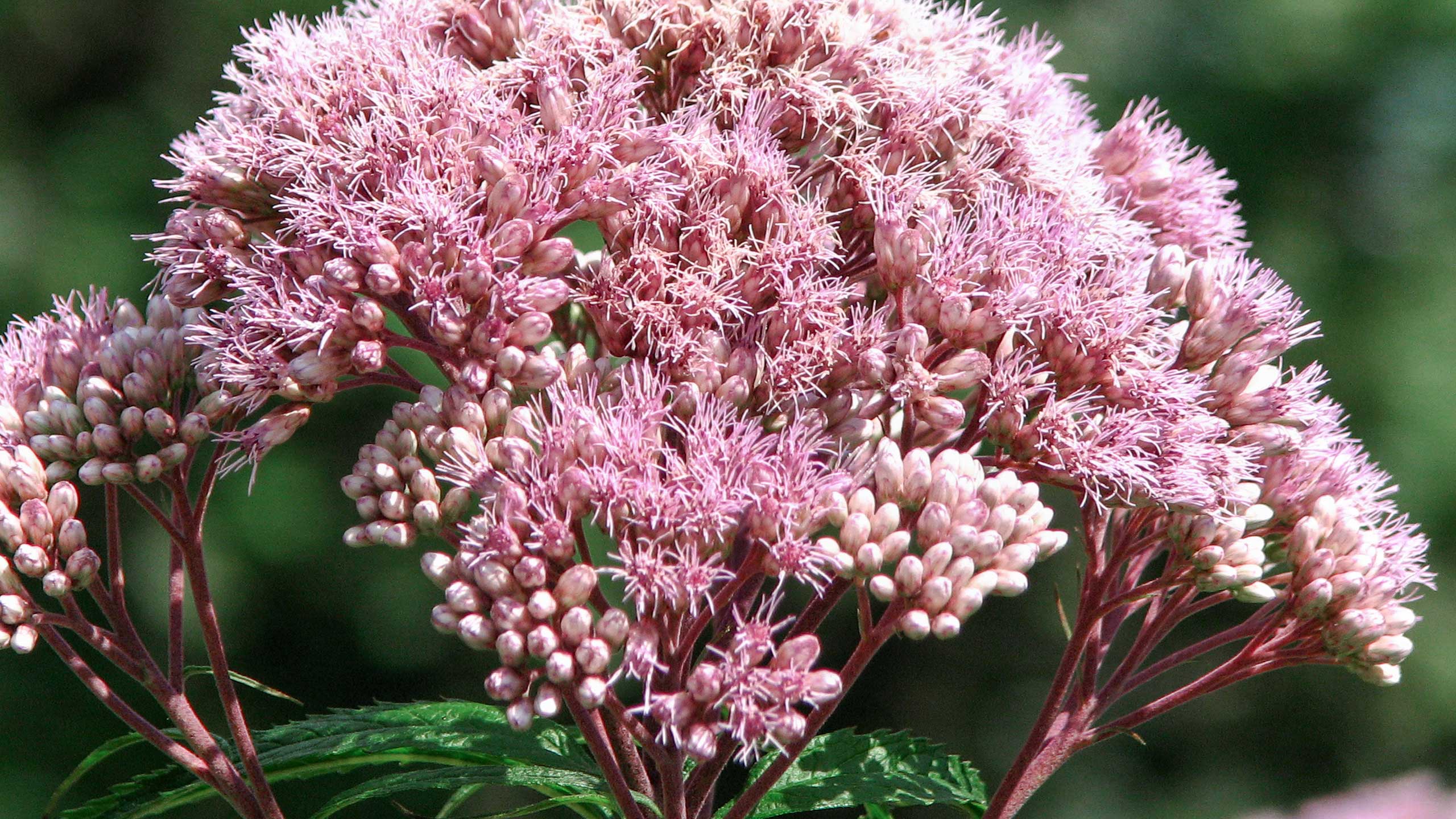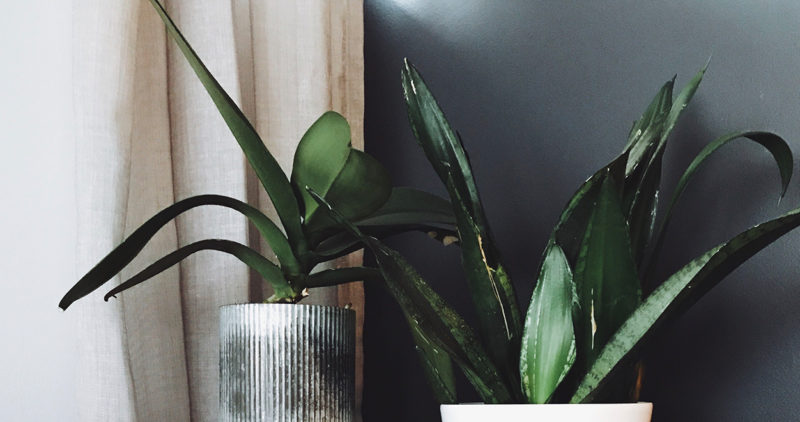
To most of us, “weed” is a bad word. We think of unattractive, unruly plant invaders that rob limited water and nutrients from our carefully cultivated flowers and vegetables. Merriam-Webster defines a weed as “a plant that is not valued where it is growing.” So, imagine the public relations challenge a plant must overcome when “weed” is right there in its common name. It’s unfortunate because many so-called “weeds” have plenty of value to offer our cultivated landscapes and the environment too. The beautiful joe-pye weed is one example that received a lot of attention at our Native Plants seminar last weekend.

Joe-pye weed is a native flowering plant in the genus Eupatorium (or Eutrochium, depending on the source). As a native to our region, joe-pye weed is well-acclimated to our climate and adapted to its extremes. In the wild, it grows in meadows, along streams, and by ponds, where it finds consistent soil moisture and abundant sun. It blooms in broad, domed clusters made of dozens of purple-pink, delicate-smelling florets. The flowers appear in late-summer and early fall when many others have faded, making joe-pye weed particularly valuable to foraging butterflies, bees, and other pollinators.
Joe-pye weed’s value also lies in its usefulness in cultivated landscapes, where it looks anything but “weedy.” In our landscapes, it does well in lower, wetter areas and around water features. With weekly watering, it thrives in drier areas too. Its natural style looks right at home among prairie and cottage garden favorites like grasses, sunflowers, coneflowers, and ageratums. In our Native Plants seminar, Bob Ewing explained that as a native to the prairie, where it competes with tall grasses for space and light, the wild species and some cultivars of joe-pye weed can grow quite large. But there’s also a shorter cultivar, ‘Baby Joe,’ that stays a tidy clump, three to four feet tall and wide. Its upright structure and handsome foliage work well even in more formal landscapes. ‘Baby Joe’ also has attractive maroon stems that contrast beautifully with the green, lance-shaped leaves.
If you’re curious about the name, legend says that Joe Pye was the name of a Native American healer who was famous for using the plant to treat typhoid fever in colonial settlers in Massachusetts. In turn, his name is said to come from “jopai,” the Native American word for typhoid. While modern medicine may not necessarily support its use in this way today, our forefathers believed this “weed” had medicinal value too.
So, despite that w-word, joe-pye weed has a lot of value to share with our gardens and landscapes, even our history. Ralph Waldo Emerson once said a weed is just “a plant whose virtues have not yet been discovered.” Once you get to know joe-pye weed, we’re confident you’ll agree with Emerson’s definition rather than Merriam-Webster’s.


